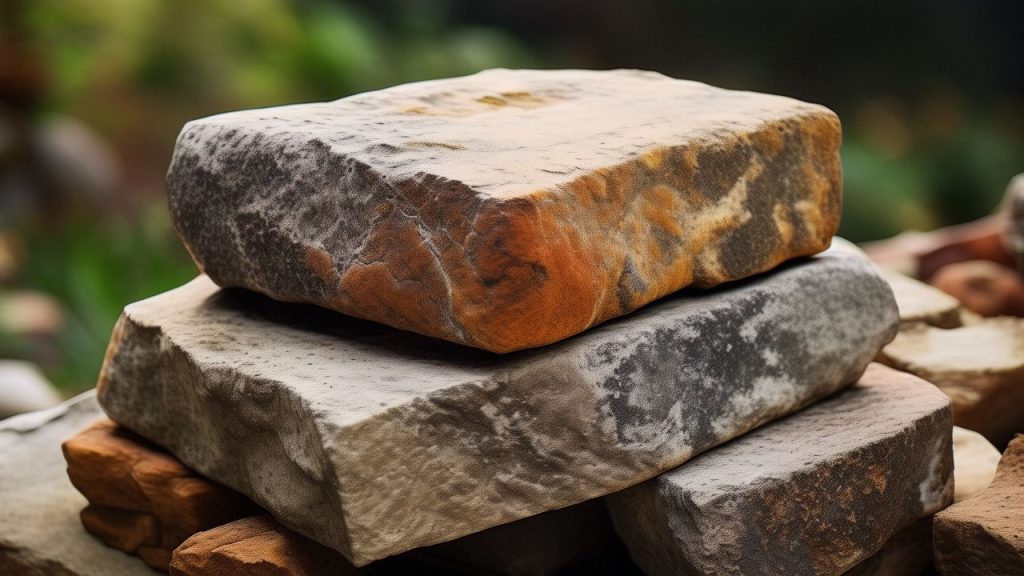what is radon?
Radon is a radioactive gas that occurs naturally when uranium, thorium, and radium break down in soil, rock, and water. When radon is released into the air, it can be inhaled, and the inhalation of radon gas and its decay products is the second leading cause of lung cancer in the United States, following smoking.

The primary cancer caused by radon is lung cancer. When radon is inhaled, its radioactive particles can deposit in the lungs, where they emit alpha radiation that can damage the DNA within lung cells. This DNA damage can lead to the development of cancer. The risk of lung cancer from radon exposure increases with the level and duration of exposure.
Radon does not cause other types of cancer like breast, prostate, or colon cancer. The type of radiation emitted by radon and its decay products is not able to travel throughout the body and cause cancer in other organs. The danger from radon comes from the fact that it is invisible, odorless, and tasteless, making it difficult to detect without proper testing. Therefore, people may be exposed to high levels of radon without realizing it, increasing their risk of developing lung cancer.The EPA provides comprehensive resources on radon, including testing, health risks, and local radon zones.

The primary sources of radon:
- Soil: Uranium is present in soil in varying amounts. As uranium naturally decays, it forms radium, which in turn decays to form radon. The radon gas then seeps up through the soil and can enter buildings through small cracks in the foundation, gaps in the floors, or crawl spaces.
- Rock: Rocks, especially granite, contain uranium and can be a significant source of radon. When rocks containing uranium are weathered or broken down, they can release radon into the air.
- Water: Naturally occurring uranium can dissolve in groundwater, and as it undergoes radioactive decay, it can produce radon. This radon can be released into the air when the water is used, such as during showering or washing dishes. However, the contribution of radon from water to the overall indoor radon levels is generally much lower than that from soil.
- Construction Materials: Some building materials, such as granite and certain types of concrete, can contain uranium and release radon into the home. However, this is typically a minor source compared to soil.
- Wells: In some cases, radon can be present in higher concentrations in private wells. This can be due to the radon being dissolved in the groundwater, which is then released into the home when the water is used.
- Natural Gas: Although natural gas itself does not contain radon, it can sometimes transport radon from the ground into homes through pipelines. This is less common, however, and the levels of radon in natural gas are typically low.
The primary concern with radon is its ability to accumulate indoors, where it can reach levels that pose a health risk. Because radon is a dense gas, it can be trapped inside buildings, leading to higher concentrations than those found outdoors. The only way to know if a home has elevated radon levels is to test for it, and if necessary, take steps to mitigate the problem.

Radon testing
Radon testing is a critical step in determining whether a home or building has elevated levels of radon gas, which can pose a health risk. There are several methods for testing radon, each with its own protocol for analysis. Here’s how to conduct radon testing and interpret the results:
Active vs. Passive Testing Methods:
There are two main types of radon testing devices: active and passive.

- Active Devices: These devices require power to operate and typically use a fan to draw air into the unit. They can provide continuous or periodic readings and are often used for short-term testing over a period of two to four days. Active devices include continuous radon monitors and electronic radon detectors.
- Passive Devices: These devices do not require power and rely on the natural diffusion of radon gas. They are usually designed for longer-term testing, ranging from 90 days to a year. Passive devices include charcoal canisters, alpha-track detectors, and electret ion chambers.
Testing Procedure:
- Selection of Test Location: The test should be conducted in the lowest lived-in level of the home, typically the basement if it’s used for living space. The device should be placed at least 20 inches above the floor and away from drafts, high humidity, and exterior walls.
- Device Deployment: Follow the manufacturer’s instructions for deploying the device. For passive devices, this usually involves hanging the device or placing it on a shelf. For active devices, ensure they are plugged in or have sufficient battery power.
- Avoid Interference: During the testing period, it’s important to minimize interference. This means keeping doors and windows closed, not using fans or air conditioning that could affect air circulation, and refraining from placing the device in areas with high humidity or near sources of heat or direct sunlight.
- Testing Duration: Short-term tests are usually conducted for two to four days, while long-term tests can last for 90 days or more. Long-term tests provide a more accurate annual average radon level.
Analysis of Results:

Collection of Data:
Once the testing period is complete, the device is collected, and the data is retrieved. For passive devices, this often involves sending the device to a laboratory for analysis. For active devices, the data may be available immediately or stored for later retrieval.
Laboratory Analysis:
If a passive device was used, the laboratory will analyze the data and provide a report with the radon level. This process can take several days to weeks.
Interpretation of Results:
The radon level is typically reported in picocuries per liter of air (pCi/L). The EPA recommends taking action to reduce radon levels if the concentration is at or above 4 pCi/L. While there is no safe level of radon, levels below this threshold are generally considered lower risk.
Action:
If the radon level is above the recommended action level, a radon mitigation system should be installed to reduce the concentration of radon in the home. If the level is below the action level, it’s still advisable to retest periodically or consider mitigation if there is a significant risk based on local geology or other factors.
Radon testing is a straightforward process, but it’s important to follow the instructions provided with the test device and to use a reliable, certified laboratory for analysis. The results of the test will guide homeowners on whether further action is needed to protect their health and reduce radon exposure.
what is radon mitigation system?
A radon mitigation system, also known as a radon reduction system, is designed to lower the levels of radon gas in a building and prevent it from entering the living space. These systems are installed after testing has confirmed that a home or building has elevated radon levels that pose a health risk. Here’s how a typical radon mitigation system operates:

- Sub-Slab Depressurization (SSD): This is the most common type of radon mitigation system. It involves the following components and steps:
- Piping: A series of pipes are installed under the concrete slab of the building, typically in the crawl space or basement. These pipes are connected to the soil or a layer of gravel beneath the slab, which allows radon gas to enter the piping system.
- Fan: A fan is installed in the pipe system to create suction, known as negative pressure. This suction draws the radon gas from below the slab and through the pipes.
- Venting: The pipes transport the radon gas to the exterior of the building, where it is safely released above the roofline. This ensures that the radon gas is dispersed into the atmosphere, where it quickly dilutes and becomes harmless.
- Soil Depressurization: In some cases, radon may enter a building through the soil around the foundation. Piping is installed along the exterior of the foundation, and a fan creates negative pressure to draw radon from the soil and vent it outside.
- Sealing and Caulking: Before or in conjunction with installing a mitigation system, all openings and cracks in the foundation and walls are sealed to prevent radon from entering the building. This step is important to maximize the effectiveness of the mitigation system.
- Ventilation: In some situations, improving the overall ventilation in a building can help reduce radon levels. This can involve adding additional fans or ensuring that existing ventilation systems are functioning properly.
- Water Mitigation: If radon is entering the building through water (typically from a well), a point-of-use water treatment system can be installed to remove radon before the water is used.
- Maintenance: Once a radon mitigation system is installed, it requires regular maintenance to ensure it continues to function effectively. This includes checking the fan, inspecting the piping for damage or blockages, and verifying that the system is creating the necessary negative pressure.
Radon mitigation systems are designed to be effective and reliable in reducing radon levels in homes and buildings. They work by creating a pressure gradient that draws radon away from the living area and expels it to the outside, thereby minimizing the health risks associated with radon exposure. It’s important to have a radon mitigation system installed by a qualified and certified professional to ensure it is properly designed and installed for the specific conditions of the building.

